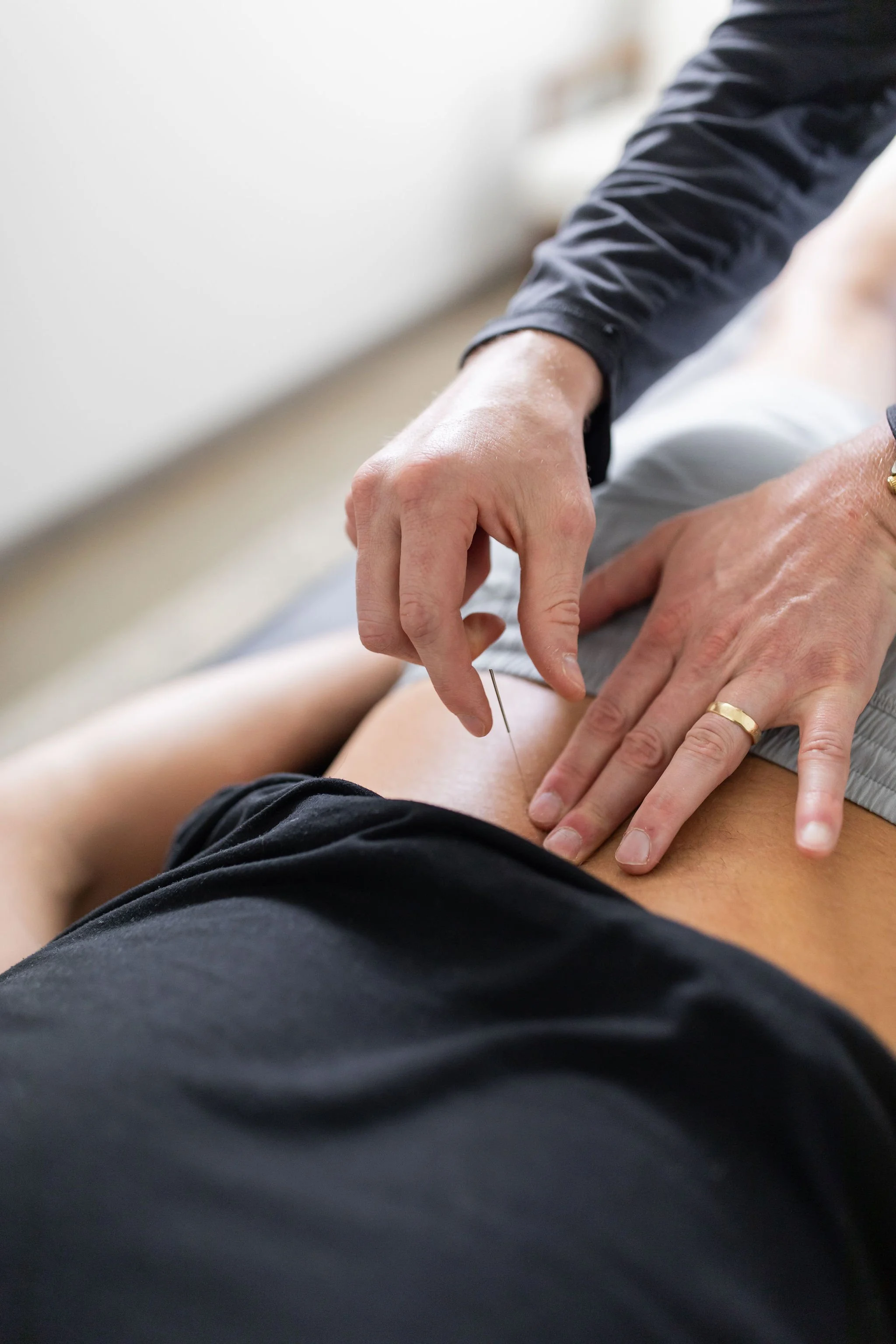
Real solutions for real life.
All in one place.
Chiropractic, Physical Therapy, Massage, and Acupuncture in Denver, Colorado.
We treat people, not symptoms.
At Well Set, we believe healing and care should be personal. Our comprehensive approach is built on solid research, years of expertise, and a passion for helping you crush your health goals. Whether you’re navigating pregnancy, recovering from an injury, dealing with chronic pain, or just trying to move better through your daily life, our team of providers is here to support your whole body, your whole story, and your long-term goals.
Our Services
-

Chiropractic
-

Physical Therapy
-

Massage Therapy
-

Acupuncture
Your Well Set Team
We work collaboratively across specialties to support your goals with a thoughtful, all-in approach. Our chiropractors provide care for families, athletes, and individuals navigating prenatal and pediatric needs. Our physical therapists focus on injury recovery, pelvic floor health, and vestibular rehabilitation. Through acupuncture, we support fertility, digestion, anxiety, and full-body balance. And our massage therapists offer everything from deep tissue and prenatal massage to Thai bodywork and targeted TMJ relief. Whether you're a first-time patient, a new parent, or a lifelong athlete, our Denver-based team is here to help you feel seen, supported, and moving forward with more impact in less time.
Move Well, Live Real
Looking for tips that meet real life? Our blog is where we share stories, insights, and down-to-earth guidance from our team of chiropractors, physical therapists, massage therapists, and acupuncturists. Whether you’re navigating pregnancy, managing pain, or just trying to feel a little more like yourself—this is a space to learn, connect, and take what works for you.
What Others Are Saying
“Well Set has been life changing for me! I get acupuncture (helped me during fertility treatments and has been amazing through pregnancy); Prenatal chiropractic care (AMAZING); and Prenatal Massage (life changing). This practice is respectful, personable, and truly holistic care. Even their front desk staff is warm and friendly! I love coming here.”
REBECCA, Well Set Patient
Finally, get the care you deserve.
If you've felt dismissed, rushed, or like you didn’t quite belong, we’re here to change that.






